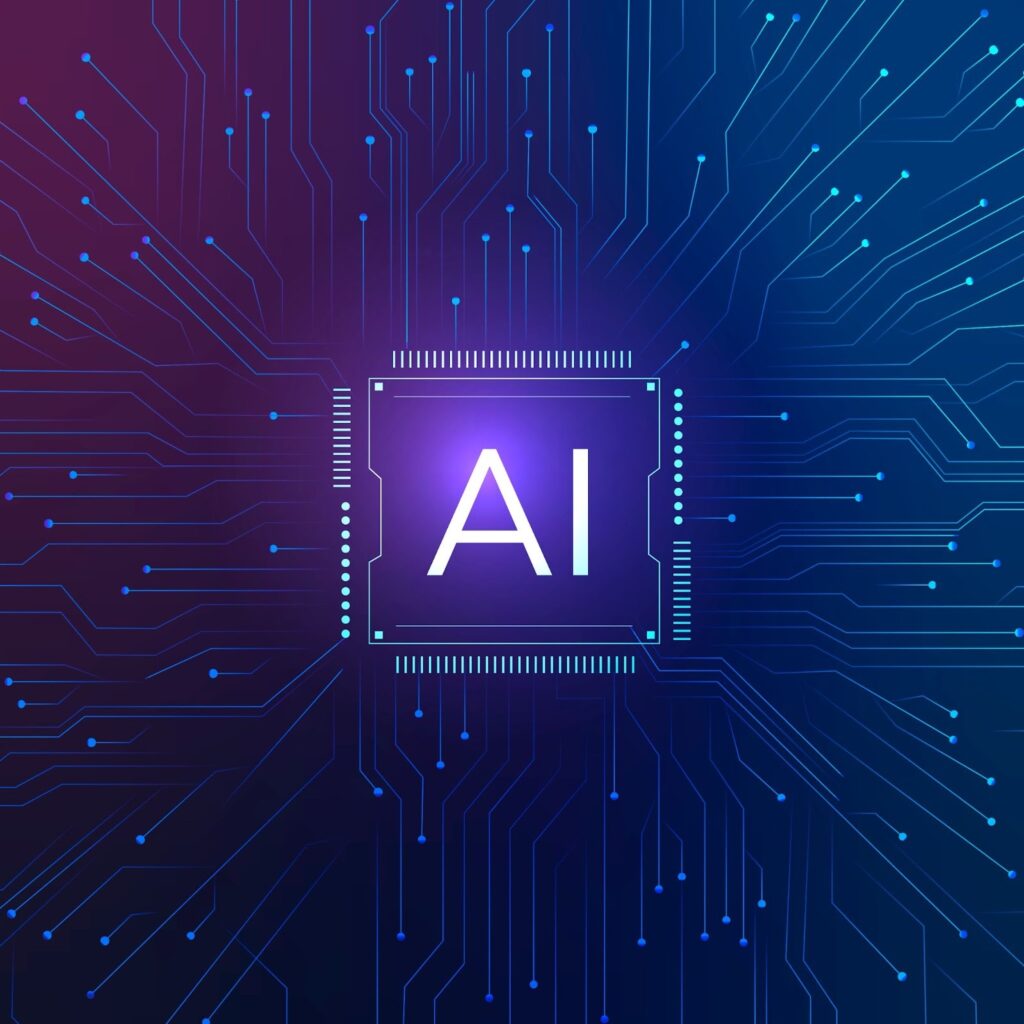
Hey there! The biggest myth circulating in marketing today is that AI is coming for the content marketer’s job. The truth is far more exciting: Generative AI isn’t here to replace the storyteller; it’s here to destroy the drudgery.
For too long, content marketers have been stuck in the content production grind—keyword research, creating outlines, writing first drafts, and endless repurposing. This leaves little time for the high-value work: authentic storytelling, brand vision, and building emotional connections.
Welcome to the age of AI-Amplified Content Marketing. It’s not a fight between humans and machines; it’s the most powerful creative partnership ever conceived. When leveraged correctly, AI handles the scale and data, giving the human marketer the freedom to focus on the strategy and soul.
This post breaks down the new content marketing formula, defining the roles of the human and the machine, and showing how this collaboration drives superior results. Ready to stop being a content factory and start being a content strategist? Let’s dive in!
Why the Old “AI vs. Human” Debate is Obsolete
The shift in content marketing isn’t about substitution; it’s about specialization. AI is excellent at what humans are bad at (speed, repetition, and data analysis), and humans are excellent at what AI can’t do (empathy, originality, and cultural nuance).
| The New Content Formula: AI + Human | AI’s Role (The Engine) | Human Marketer’s Role (The Driver) |
| Ideation & Research | Generates topic clusters, maps search intent, and identifies content gaps in seconds. | Provides the original point of view, validates facts, and injects unique brand expertise. |
| Drafting & Production | Writes the first draft, checks grammar/readability, and repurposes content for different channels. | Refines the tone, adds human-centric stories and examples, and ensures the content has a unique soul. |
| Optimization & Strategy | Suggests SEO keywords, optimizes meta-data, and analyzes real-time content performance. | Defines the overall campaign strategy, manages brand risk, and maintains ethical/legal compliance. |
In short, the machine gives you the volume; the human gives you the voice.
Key Applications & Real-World Examples
The true value of AI lies in automating the 80% of tasks that are tedious, so human teams can focus on the 20% that drives real business impact.
1. Eliminating the Blank Page Problem
The first step in any content process—the dreaded blank page—is now obsolete. AI acts as an instant research assistant and outline generator.
- How it Works: A marketer provides a high-level prompt (e.g., “Write an outline for a B2B article on cloud security targeting IT directors”). The AI instantly delivers a structurally sound, SEO-optimized outline, saving 1–2 hours of manual research and structuring time per article.
- The Human Differentiator: The human writer uses this outline as a foundation, focusing their energy on creating an impactful introduction and crafting a conclusion that ties the information back to the brand’s specific solution or unique perspective.
2. Scaling Content Repurposing (The Flywheel Effect)
Most content teams create a blog post and then move on. AI allows a single piece of content to fuel an entire campaign across all channels.
- How it Works: The AI takes a 3,000-word whitepaper and instantly generates 10 LinkedIn posts, 5 email snippets, 20 social media captions, and a video script outline, all tailored to the distinct tone and character count of each platform.
- The Human Differentiator: A human editor reviews the generated content, ensuring the voice is consistent, the call-to-action (CTA) for each channel is optimized, and any cultural or social nuances are correct before publishing.
3. Enhancing E-E-A-T (Expertise, Experience, Authoritativeness, Trust)
Search engines increasingly reward content that demonstrates real-world expertise and experience—something AI can’t fake.
- How it Works: AI tools can optimize the technical SEO elements (readability, keyword density, topical depth) ensuring the content is well-formed. This gives the human content team confidence that the structure is sound.
- The Human Differentiator: The human writer embeds proprietary case studies, adds unique quotes from company executives, includes original research, and provides personal anecdotes or “lessons learned” that demonstrate authentic, lived experience that algorithms cannot replicate.
FAQ Section
Q: How can I tell the difference between AI-written and human-written content?
A: Truly differentiated content is often a blend. You can spot purely AI-written content if it: sounds generic, uses predictable structures, lacks a clear brand voice or sense of humor, and never features unique, unsearchable insights or personal stories.
Q: Which content roles are most likely to change?
A: Roles centered purely on drafting and data gathering will evolve rapidly. The biggest growth will be in roles that involve higher-order strategic skills, such as Prompt Engineering (mastering AI instructions), Content Strategy, and Content Editing/Oversight.
Q: Is AI content safe for SEO?
A: Yes, but only with human oversight. Google rewards helpful, high-quality content, regardless of how it was made. The risk lies in using AI to churn out low-effort, low-quality content (“content spam”), which will be filtered out. The human role is essential to add the expertise and value needed to rank.
Ready to Master the New Formula?
Stop viewing AI as a threat and start treating it as the most powerful intern you’ll ever hire. By embracing the synergy of AI’s scale and your team’s creativity, you can free your content marketers to be the creative, strategic thinkers your brand needs to connect and convert in the digital age.
The future of content marketing is not AI-only, it’s AI-enabled.
Connect to know more.